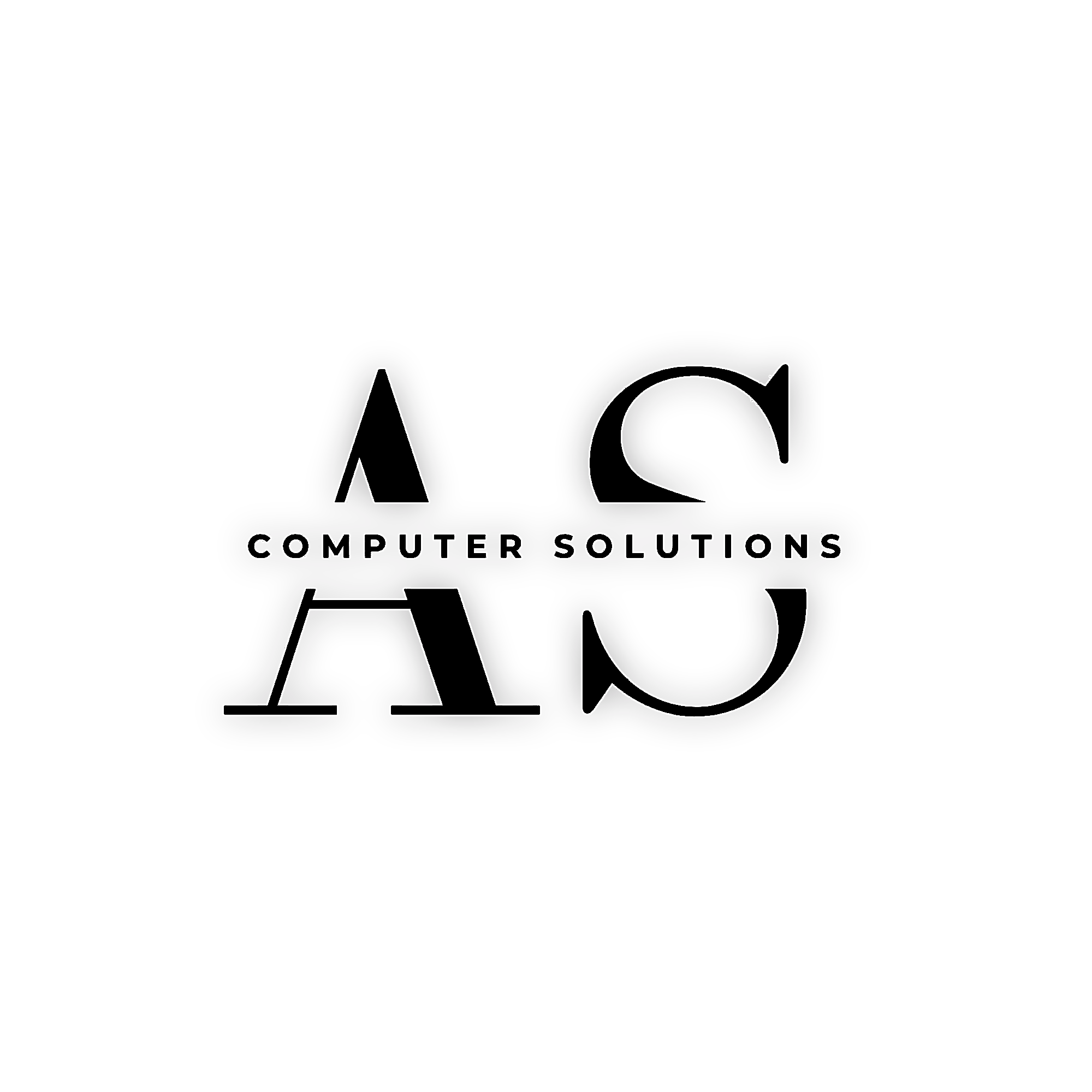Your cart is currently empty!

Moving files isn’t hard — until it is.If you’ve ever struggled with slow speeds, corrupted files, or confusing tech, you know that transferring files can become a real headache.
In this guide, we’ll walk you through the right way to move files — and why AS Computer Solutions (ASCS) is your trusted local expert for fast, secure, and large-scale data transfers.
Step 1: Choose the Right Transfer Method
Not all file transfers are the same. The best method depends on your file size, location, and how fast you need it done. Here’s a quick comparison of common options:
| Transfer Method | Best For | Speed | Notes |
| External Hard Drive (USB 3.0/3.1/3.2) | Large local transfers (100GB+) | ★★★★☆ | Fast, reliable, no internet needed. |
| LAN (Wi-Fi or Ethernet) | Same-house or office devices | ★★★☆☆ | Good for medium-sized files, speed depends on your network. |
| Cloud Services (Google Drive, Dropbox, etc.) | Small files, remote access | ★★☆☆☆ | Convenient, but upload/download can take time. |
| Physical Delivery (Hard drive drop-off) | Huge projects (business data, terabytes) | ★★★★★ | Best for large data, no bandwidth limits. |
Pro Tip:For really big transfers, an external drive is faster and more reliable than cloud services every time. At ASCS, we specialize in fast external drive transfers.
Step 2: Prep Your Files for a Smooth Transfer
Before you start transferring, these simple steps can save you time and hassle.
- Organize your files clearly into folders (e.g. “Invoices 2024,” “Project Files,” “Backup 04-25-2025”).
- Compress large folders (ZIP, RAR) to move them more easily and quickly.
- Check file sizes (some older systems have limits on 4GB+ files).
- Rename problematic files — keep it simple with letters, numbers, and underscores. Avoid special characters like @#$%&*().
Need help? ASCS can prep your files — from organizing to compression — before the transfer starts.
Step 2.5: How to Send Over the Files
Once your files are ready to go, here’s how you actually transfer them — step-by-step, whether you’re using a hard drive or cloud service.
Using a USB or External Hard Drive
- Connect the external drive to your computer using a USB port.
- Open File Explorer (Windows key + E).
- Select the files or folders you want to move.
- Right-click on the selected files, then click Copy (or press Ctrl+C).
- Navigate to the external drive in File Explorer (it should show up in the left panel).
- Right-click in the external drive window and select Paste (or press Ctrl+V).
- Wait for the transfer to complete. You’ll see a progress bar.
Using Cloud Services (e.g., Google Drive, Dropbox)
- Sign in to your cloud account through your web browser or app.
- Click on “Upload” or “New” (usually at the top left of the page).
- Select the files you want to upload from your computer.
- Wait for the upload to complete (you can usually track progress at the bottom of the screen).
- Share the files — when uploading finishes, you can right-click on the file in the cloud, select “Share”, and enter the recipient’s email address to send it.
Step 3: Speed and Security Tips
You want your files moved fast and securely. Here are some tips to make sure it happens.
| Task | Best Practice |
| Wired Transfers | Use high-speed USB 3.0+ cables for fast, stable transfers. |
| Wireless Transfers | Stick to strong Wi-Fi (5GHz) for big files. Avoid slower 2.4GHz. |
| Encryption | Protect sensitive data with encryption (BitLocker, VeraCrypt, or 7-Zip). |
| Backup | Always have a backup before you move important files. |
Pro Tip:If your “USB 3.0” drive is slow, check the cable. Old or low-quality cables can slow everything down.
Step 4: Common Problems and Fixes
Sometimes things go wrong during file transfers — here’s how to fix them.
| Issue | Cause | Quick Fix |
| Transfer is too slow | Old USB port, weak Wi-Fi, bad cable | Use a new cable, switch ports, or move closer to the router. |
| Files won’t copy | File system limits (like FAT32 4GB cap) | Reformat the drive to exFAT or NTFS. |
| Transfer fails halfway | File corruption or connection issues | Try smaller batches, restart your devices. |
| External drive not showing up | Drive letter clash or bad USB port | Try a different port or reassign the drive letter in Windows. |
Step 5: When to Call a Pro (ASCS!)
Some file transfers are just too important to risk. Business data, sensitive backups, or large project files require care.That’s where AS Computer Solutions comes in.
We offer:
- Fast Local Transfers — We move your data directly to external drives or new systems.
- Secure Pickup and Delivery — We bring the drive to you, or pick it up from your site.
- File Organization and Backup — We clean up your data for easy access later.
- Large-Scale Project Transfers — We handle terabytes of data safely and securely.
Whether you need a quick family backup or a massive corporate file transfer, ASCS has you covered.
Need Help Today?
Contact AS Computer Solutions for fast, professional file transfer services.Call 780-243-5648 or visit ASCOMPUTERSOLUTIONS.CA to get started!

Leave a Reply